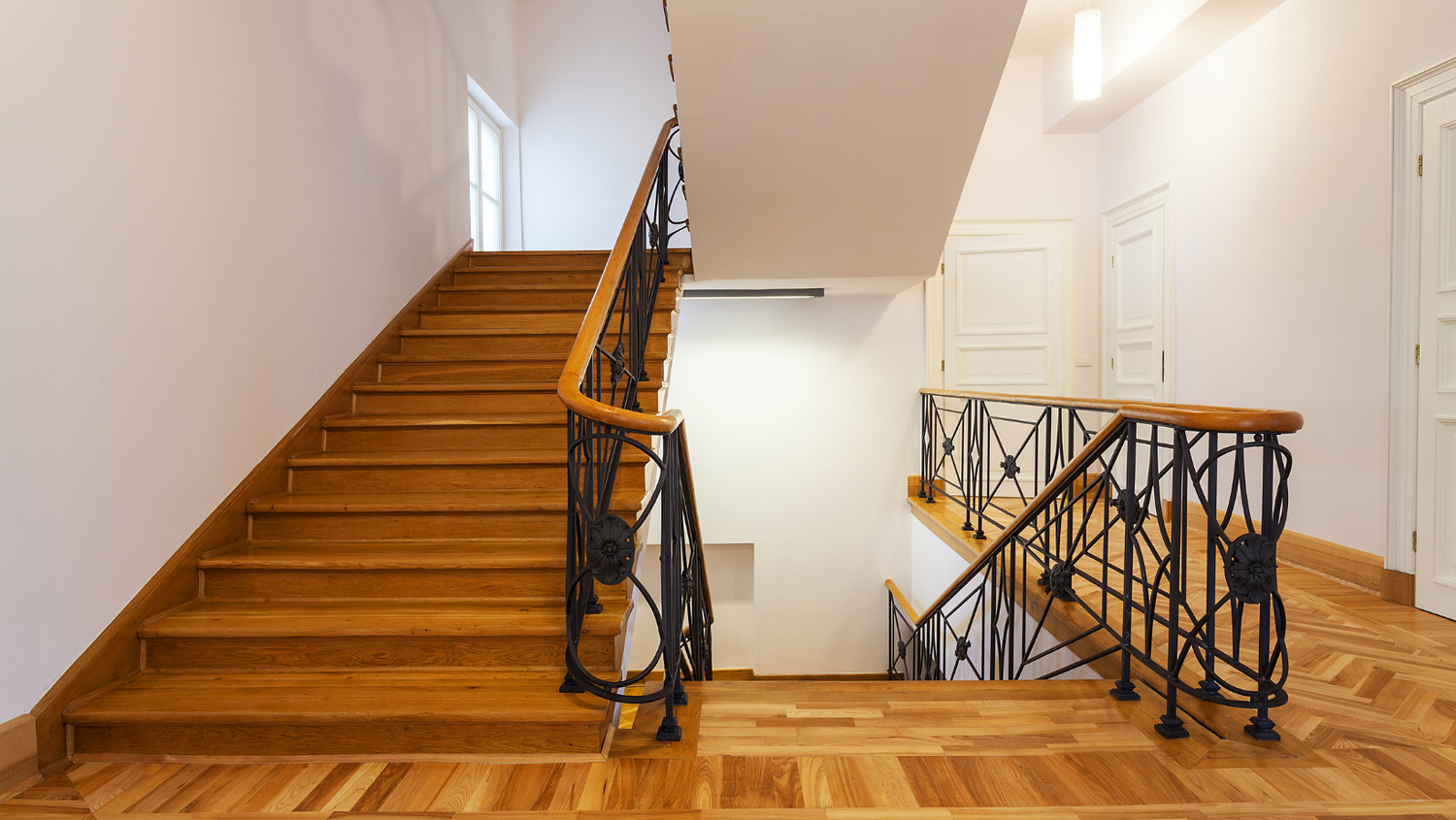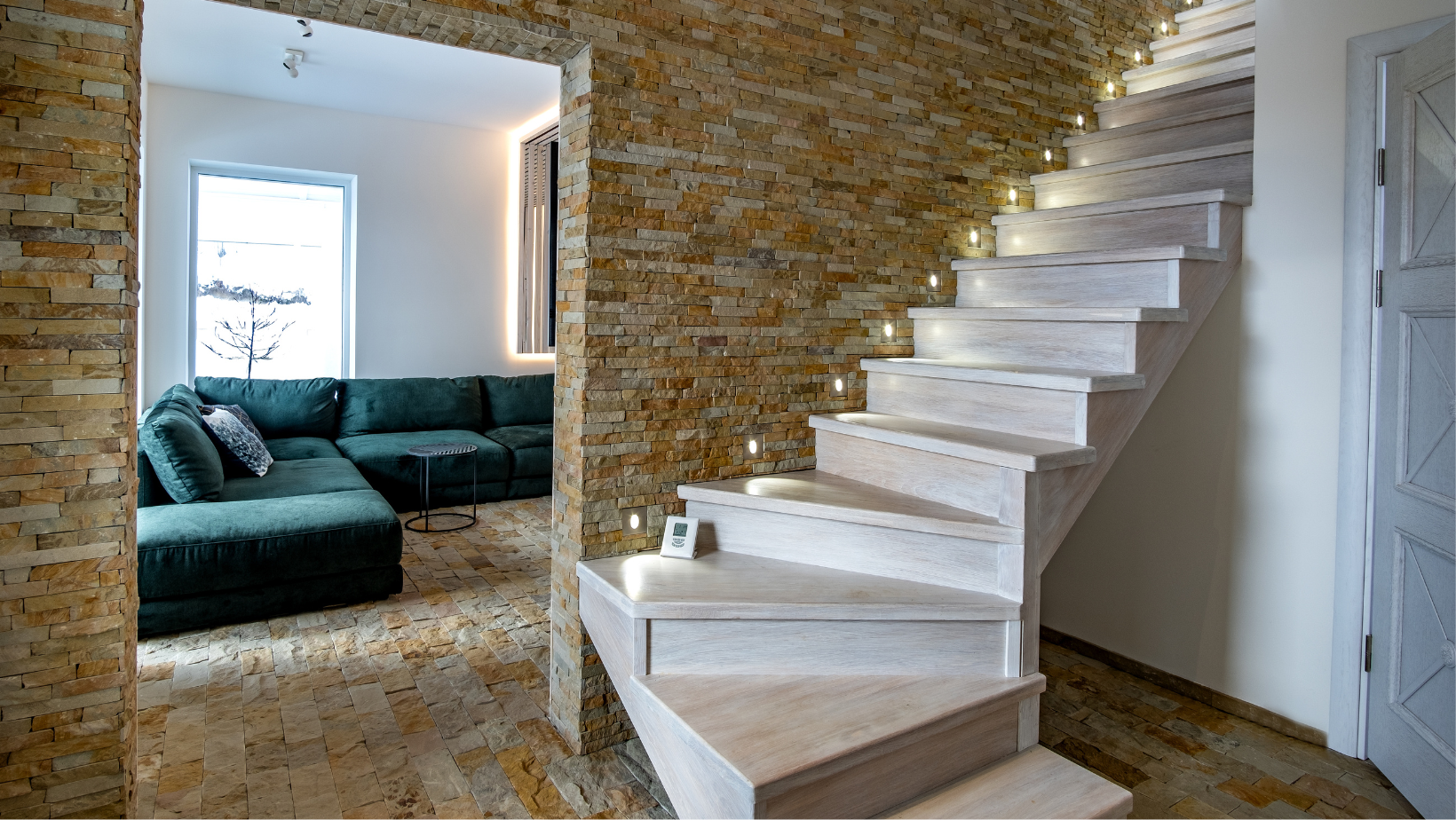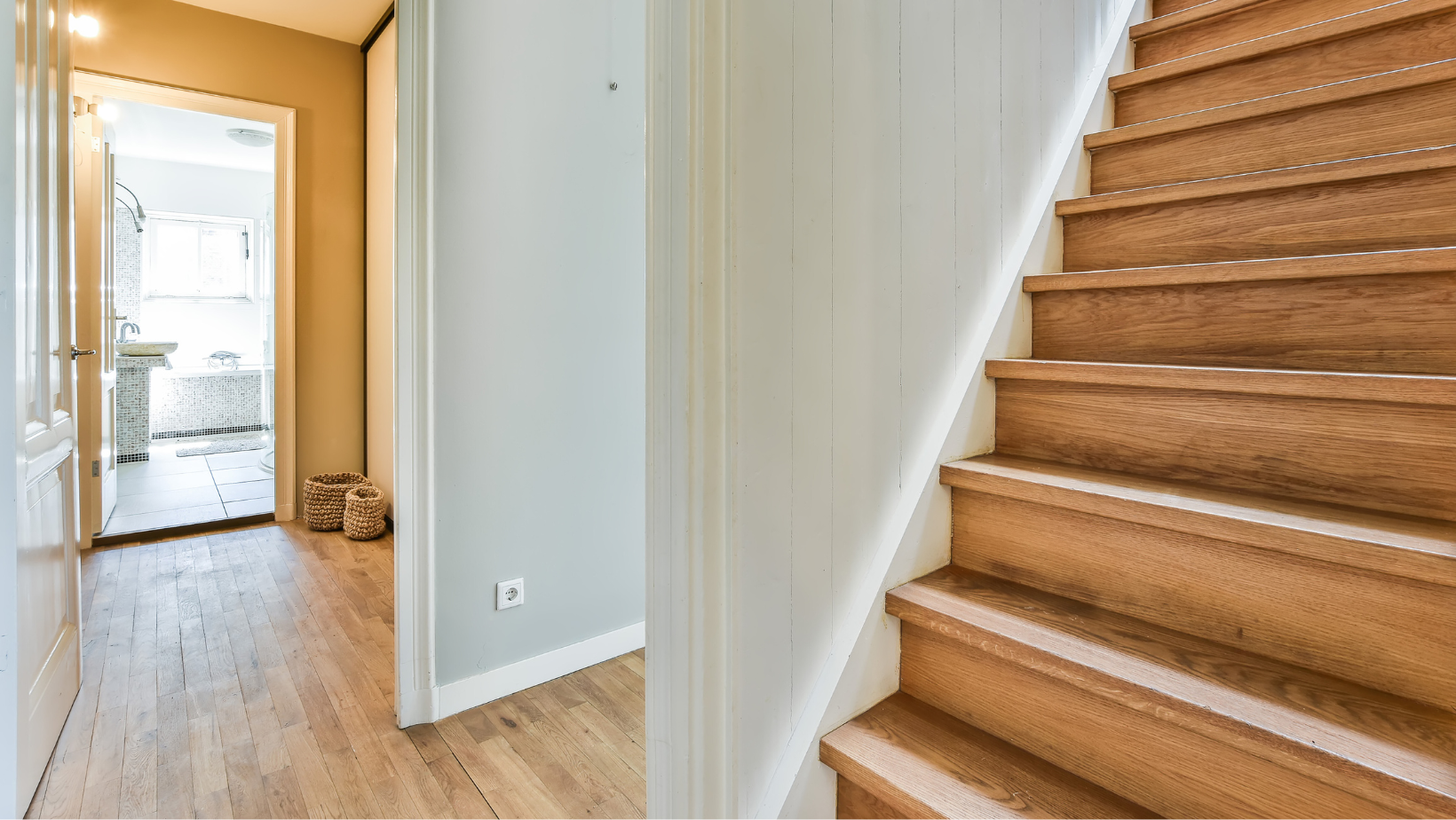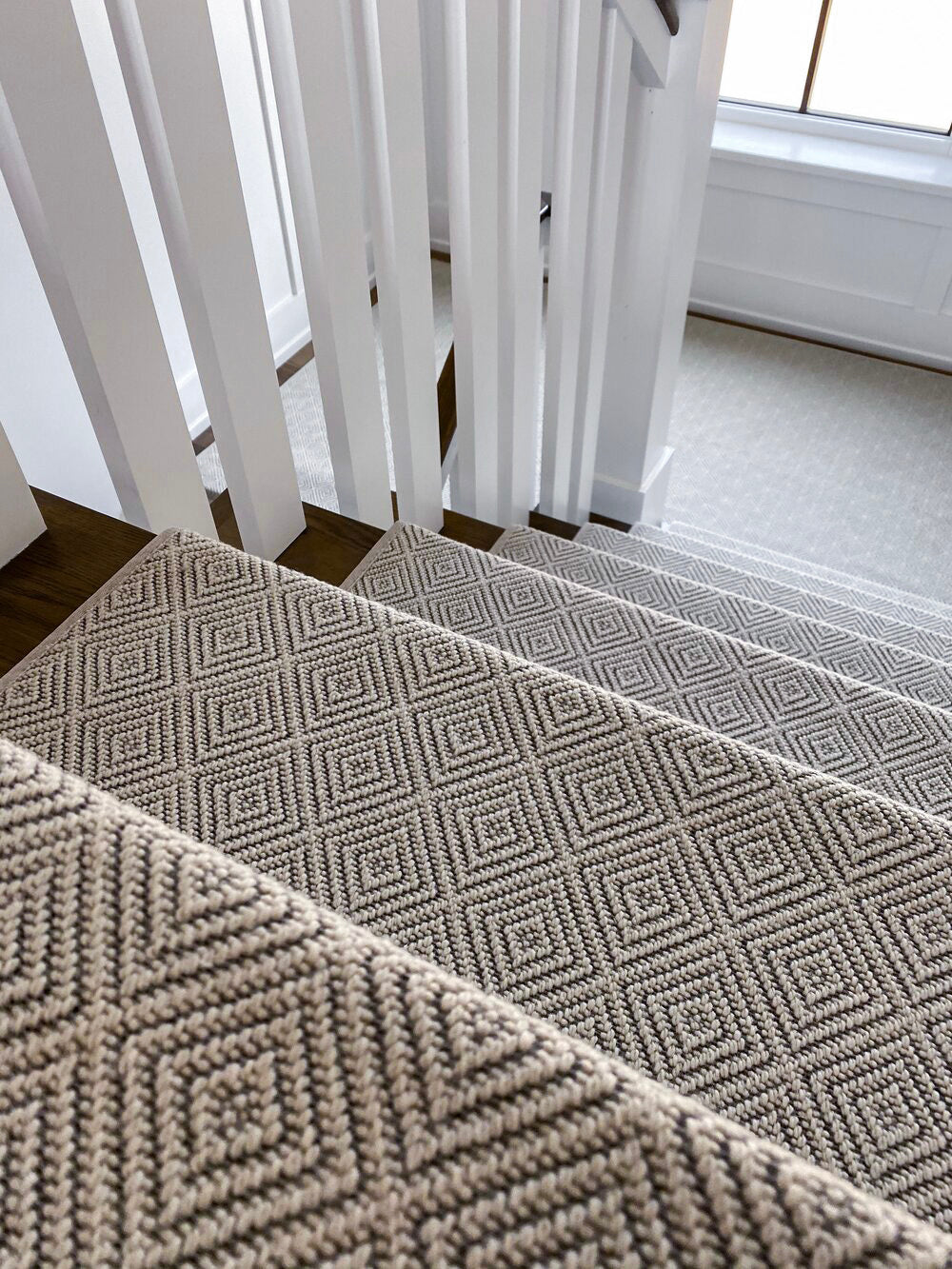Learn how to transform your old, worn-out wood stair treads with this step-by-step guide to retrofit wood stair treads. Whether you choose to install wood overlay for a classic look or opt for carpet stair treads for added comfort, we've got you covered. Plus, discover how retrofitting stair risers can give your staircase an extra design boost.
Introduction to Retrofitting Wood Stair Treads
Retrofitting wood stair treads involves upgrading or replacing the existing stair treads with new materials to enhance the appearance and functionality of the staircase. This process allows homeowners to revamp their old, worn-out staircases without having to completely rebuild them. Whether you're looking to refresh the look of your hardwood stairs or add a touch of comfort with carpet options, retrofitting wood stair treads offers a customizable solution to suit your design preferences.
What is Retrofitting Wood Stair Treads?
Retrofitting wood stair treads involves the installation of new materials over the existing stair treads. This can include adding wood overlay for a classic and timeless look or installing carpet options for added comfort and style. By retrofitting the stair treads, homeowners can update the appearance of their staircase without the need for extensive construction.
Benefits of Retrofitting Wood Stair Treads
There are several benefits to retrofitting wood stair treads. Firstly, it provides an opportunity to refresh the look of the staircase, adding a new aesthetic appeal to the home. Additionally, retrofitting wood stair treads can improve safety by addressing any wear and tear on the existing treads. Furthermore, the process allows for customization, as homeowners can choose between different materials and styles to suit their preferences and existing home decor.
Choosing Between Wood Overlay and Carpet Options
When it comes to retrofitting wood stair treads, homeowners have the option to choose between wood overlay and carpet options. Each choice comes with its own set of pros and cons, which should be carefully considered before making a decision.
Pros and Cons of Wood Overlay
Wood overlay, such as red oak or other hardwood materials, offers a classic and elegant look to the staircase. It provides durability and timeless appeal, making it a popular choice for homeowners seeking a traditional aesthetic. However, wood overlay may require more maintenance and can be susceptible to scratches and dents over time.
Pros and Cons of Carpet Options
Carpet options for retrofitting stair treads provide added comfort and warmth to the staircase. They come in a variety of colors and textures, allowing for customization to match the home's decor. Additionally, carpet options can help reduce noise and provide a non-slip surface for added safety. On the downside, carpet may require more frequent cleaning and maintenance, and it may not be as durable as wood overlay.
Step-by-Step Guide to Retrofitting Wood Stair Treads
Preparing the Existing Stair Treads
Before installing wood overlay or carpet options, it's essential to prepare the existing stair treads by thoroughly cleaning and inspecting them for any damage. Any repairs or adjustments should be made at this stage to ensure a smooth installation process.
Installing Wood Overlay
For homeowners choosing wood overlay, the first step is to measure the dimensions of the existing stair treads and select the appropriate wood material. Once the wood overlay is chosen, it should be cut to fit the dimensions of each tread.
Measuring and Cutting the Wood Overlay
Accurate measurements are crucial when retrofitting wood stair treads. Each piece of wood overlay should be carefully measured and cut to ensure a precise fit on the existing treads.
Attaching the Wood Overlay to the Existing Treads
Once the wood overlay is cut to size, it can be attached to the existing treads using adhesive or nails. Care should be taken to ensure that each piece is securely fastened for long-lasting durability.
Installing Carpet Options
For homeowners opting for carpet options, the process involves selecting the right carpet material and style to complement the home's decor and provide the desired level of comfort.
Choosing the Right Carpet Material
When choosing carpet options for retrofitting stair treads, it's important to consider the material's durability, ease of maintenance, and overall aesthetic appeal. Additionally, selecting a non-slip backing can enhance safety on the staircase.
Attaching the Carpet to the Existing Treads
Once the carpet material is selected, it can be attached to the existing treads using adhesive or staples. Care should be taken to ensure a smooth and secure installation, with no wrinkles or loose edges.
Enhancing the Look with Retrofitting Stair Risers
In addition to retrofitting wood stair treads, homeowners can enhance the overall look of their staircase by retrofit stair risers. This process involves adding new materials to the vertical face of the stairs, further customizing the appearance of the staircase.
Benefits of Retrofitting Stair Risers
Retrofitting stair risers can provide a cohesive and polished look to the staircase, complementing the upgraded stair treads. It allows for further customization and personalization, adding an extra design element to the home.
Step-by-Step Guide to Retrofitting Stair Risers
The process of retrofitting stair risers is similar to that of retrofitting stair treads, involving the preparation of the existing risers and the installation of new materials, such as wood overlay or paint.
Final Thoughts on Retrofitting Wood Stair Treads
Retrofitting wood stair treads is a DIY-friendly project that can make a significant impact on the overall appearance and functionality of the staircase. By carefully considering the pros and cons of wood overlay and carpet options, homeowners can make an informed decision that suits their design preferences and lifestyle.
Tips for Maintenance and Care
Regardless of the chosen material, regular maintenance and care are essential to ensure the longevity of the retrofit wood stair treads. This includes routine cleaning, addressing any damage or wear, and taking precautions to prevent excessive wear and tear. By maintaining the retrofit stair treads, homeowners can continue to enjoy their upgraded staircase for years to come.
Conclusion
Retrofitting wood stair treads offers homeowners a versatile and customizable solution to refresh the look of their staircase. Whether choosing wood overlay for a classic and timeless appeal or opting for carpet options for added comfort, the process allows for personalization and style. Additionally, enhancing the staircase with retrofitting stair risers can further elevate the overall design of the home.




